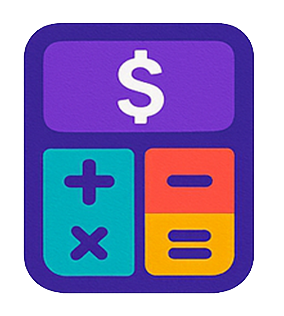Volume Calculator
Total Volume: 0
| # | Shape | Dimensions | Volume |
|---|
Building a Responsive Volume Calculator Using Pure HTML, CSS, and JavaScript
In the era of digital tools and instant access to solutions, having a reliable and visually appealing calculator for quick geometry computations can be a real asset. One such useful tool is a Volume Calculator that helps users determine the volume of different geometric shapes. In this article, we’ll explore the purpose, structure, and technical details of building a colorful, responsive, and user-friendly Volume Calculator using only HTML, CSS, and JavaScript—with no external libraries.
Purpose and Functionality
The main goal of this tool is to calculate the volume of various 3D shapes like:
Cube
Cuboid
Cylinder
Sphere
Cone
Pyramid
Hemisphere
The calculator allows users to:
Select a shape from a dropdown
Enter the required dimensions
View the result instantly
Reset the inputs using a clear button
Volume Calculator Additionally, the application is designed to be responsive, input-validated, and visually engaging through the use of gradients and styled elements.
Core Features
1. User Interface Design
Volume Calculator The design employs a modern, clean layout with a linear gradient background and rounded containers. It adapts well to different screen sizes, making it ideal for both desktop and mobile users.
The main content is centered both vertically and horizontally.
Input fields and buttons have a soft, rounded design to enhance usability.
Buttons are color-coded for clarity—green for “Calculate” and red for “Clear”.
2. Shape-Specific Inputs
Volume Calculator The input fields change dynamically based on the selected shape. This is achieved through a mapping structure (shapeInputs) in JavaScript, which defines which fields are needed for each shape. When a user changes the shape, the appropriate input fields are rendered.
For example:
A Cube requires only one input: Side
A Cylinder requires two: Radius and Height
A Pyramid needs: Base Length and Height
3. Volume Calculation Logic
Once the user clicks Calculate, the application:
Validates the inputs to ensure they are positive numbers
Calculates the volume using the correct formula for the selected shape
Displays the result clearly with the name of the shape and the calculated volume, rounded to two decimal places
Each shape uses standard geometric formulas:
Cube: V=a3V = a^3
Cuboid: V=l×w×hV = l \times w \times h
Cylinder: V=πr2hV = \pi r^2 h
Sphere: V=43πr3V = \frac{4}{3} \pi r^3
Cone: V=13πr2hV = \frac{1}{3} \pi r^2 h
Pyramid: V=13b2hV = \frac{1}{3} b^2 h
Hemisphere: V=23πr3V = \frac{2}{3} \pi r^3
4. Error Handling
If the user inputs non-numeric or negative values, the application provides a friendly error message prompting the user to enter valid positive numbers. This is important for ensuring that results are meaningful and calculations are not attempted with invalid data.
5. Responsive Design
The calculator adjusts its layout based on the device’s screen width. For small screens, buttons stack vertically to maintain ease of use. This ensures accessibility and a consistent experience on mobile phones, tablets, and desktops.
No Libraries Required
One of the standout qualities of this project is that it is built entirely with vanilla HTML, CSS, and JavaScript. This ensures:
Fast load times
No dependency issues
Full control over the codebase
Why This Matters
Whether you’re a student learning geometry, a teacher creating resources, or a developer practicing frontend skills, this project is a perfect balance of practical functionality and front-end development practice. It demonstrates how to manage dynamic user interfaces, perform mathematical logic, and apply real-time error validation—all within a single page web app.
Future Enhancements
Here are a few ways this tool can be improved further:
Add unit selection (e.g., cm³, m³, in³)
Save calculation history locally
Support more complex shapes
Add dark/light theme toggle
Export results as PDF or CSV
Conclusion
The Volume Calculator is a functional and visually appealing web tool that highlights the power of using pure web technologies to solve everyday problems. It’s a great project to understand responsive design, DOM manipulation, input validation, and real-time feedback—all critical skills for any frontend developer.
By focusing on user experience and robust logic, this tool not only serves a purpose but also stands as a polished example of modern, maintainable web development.
